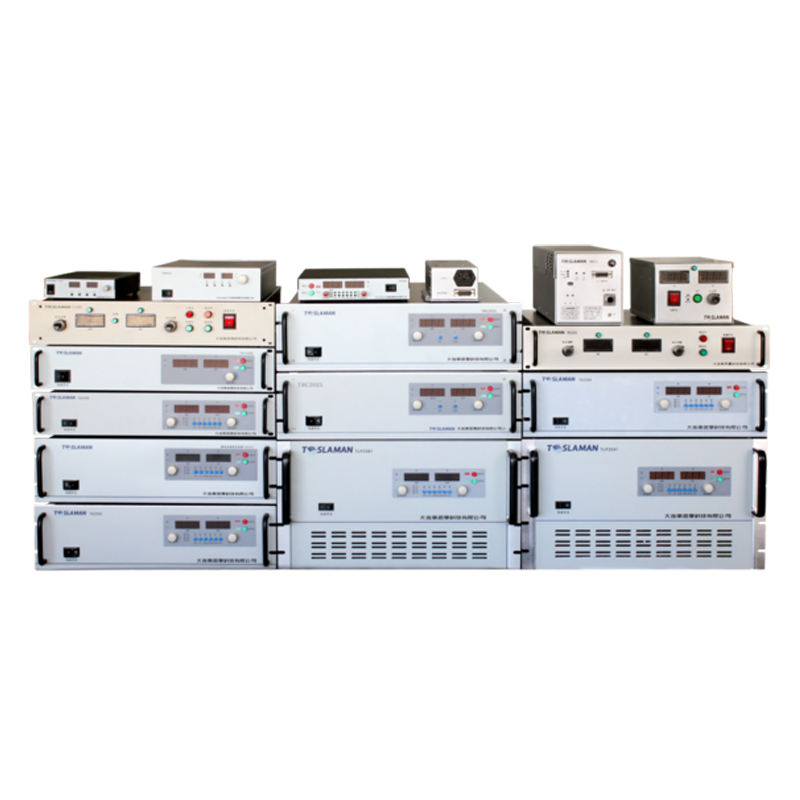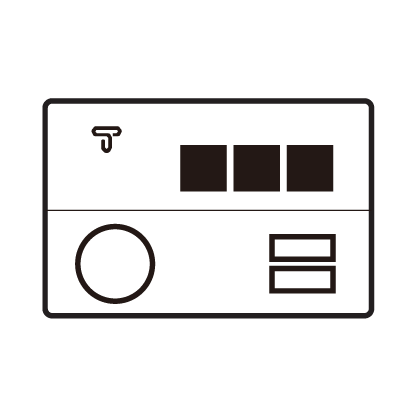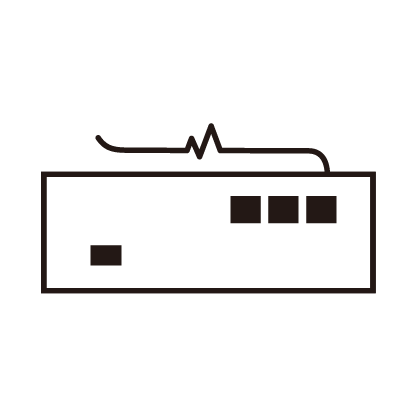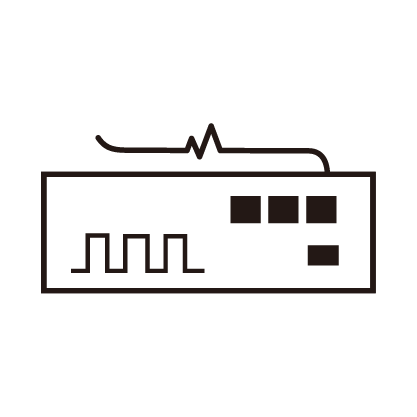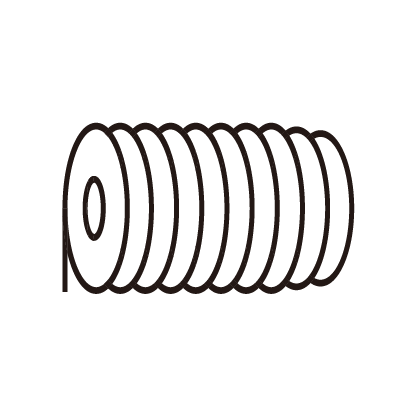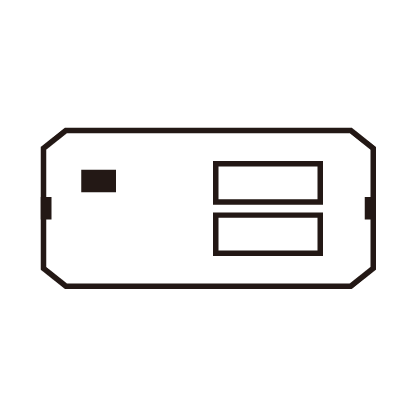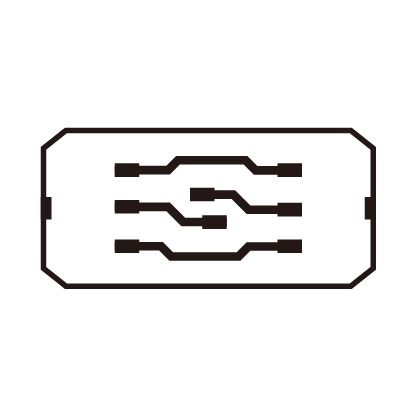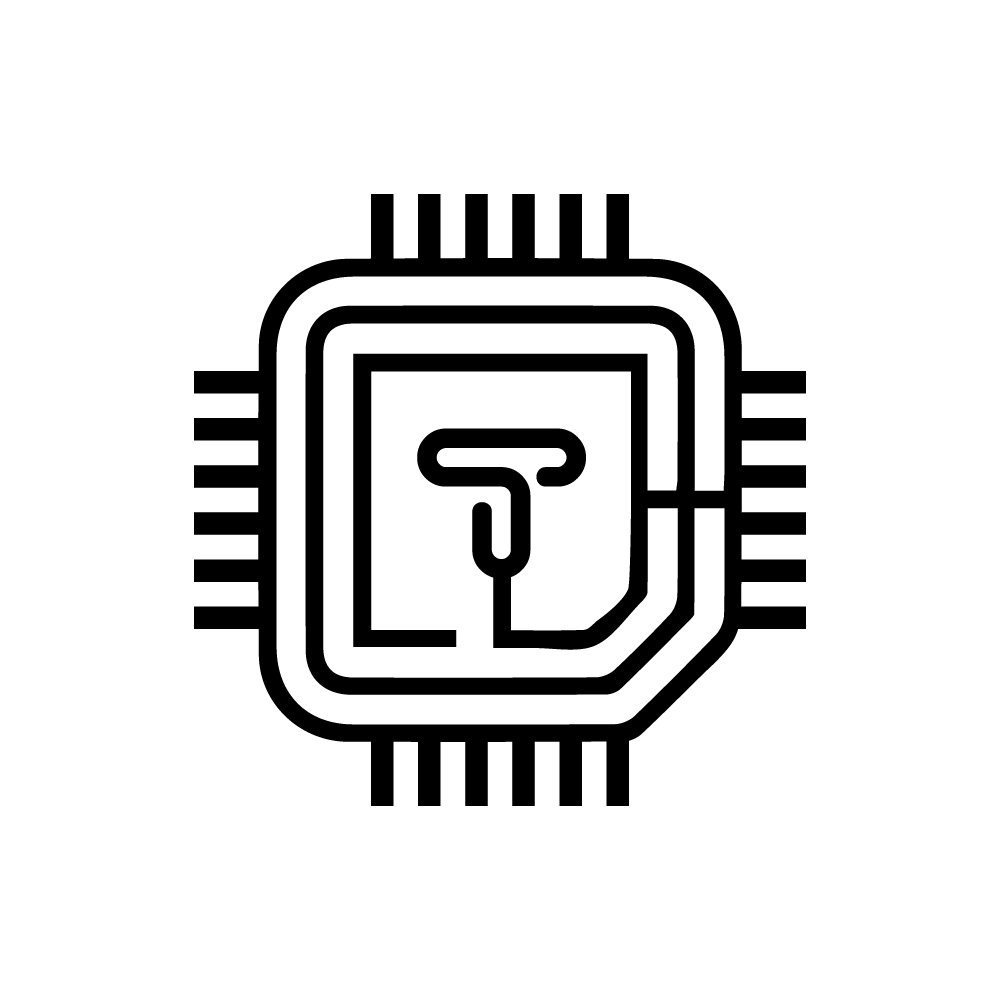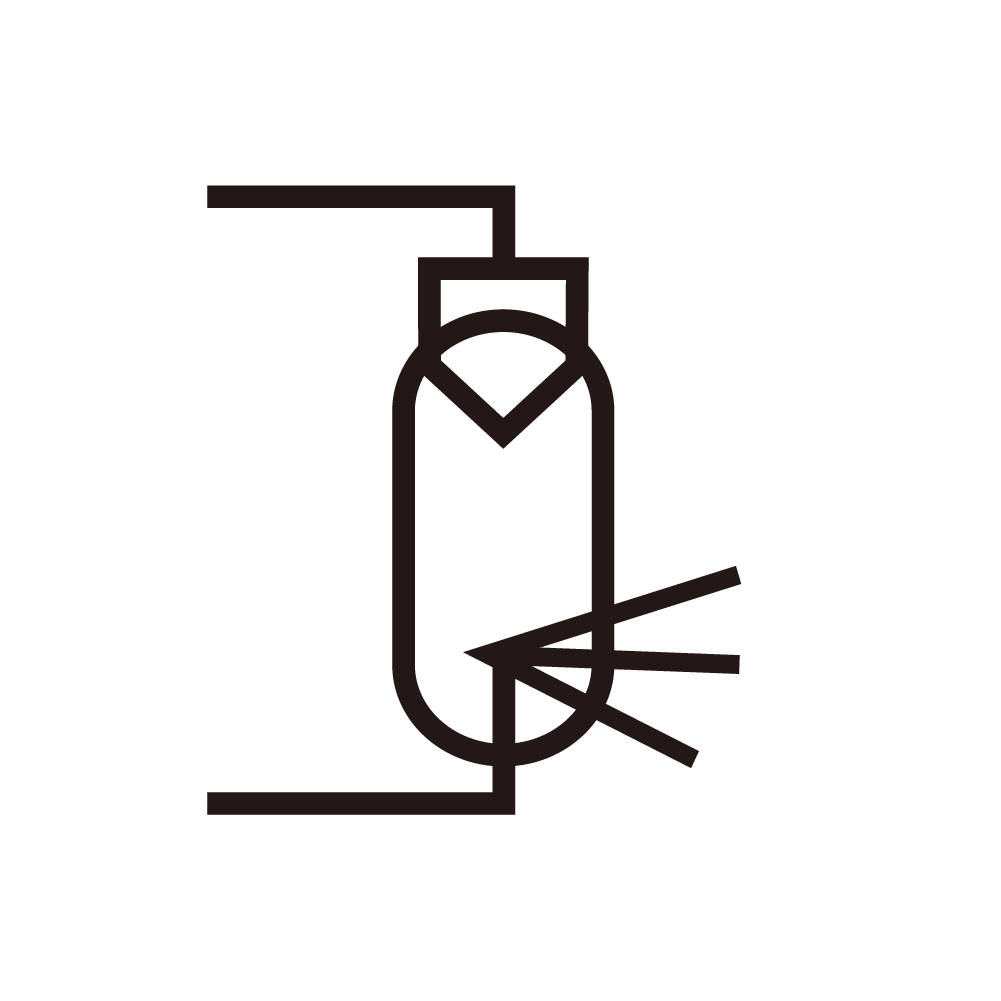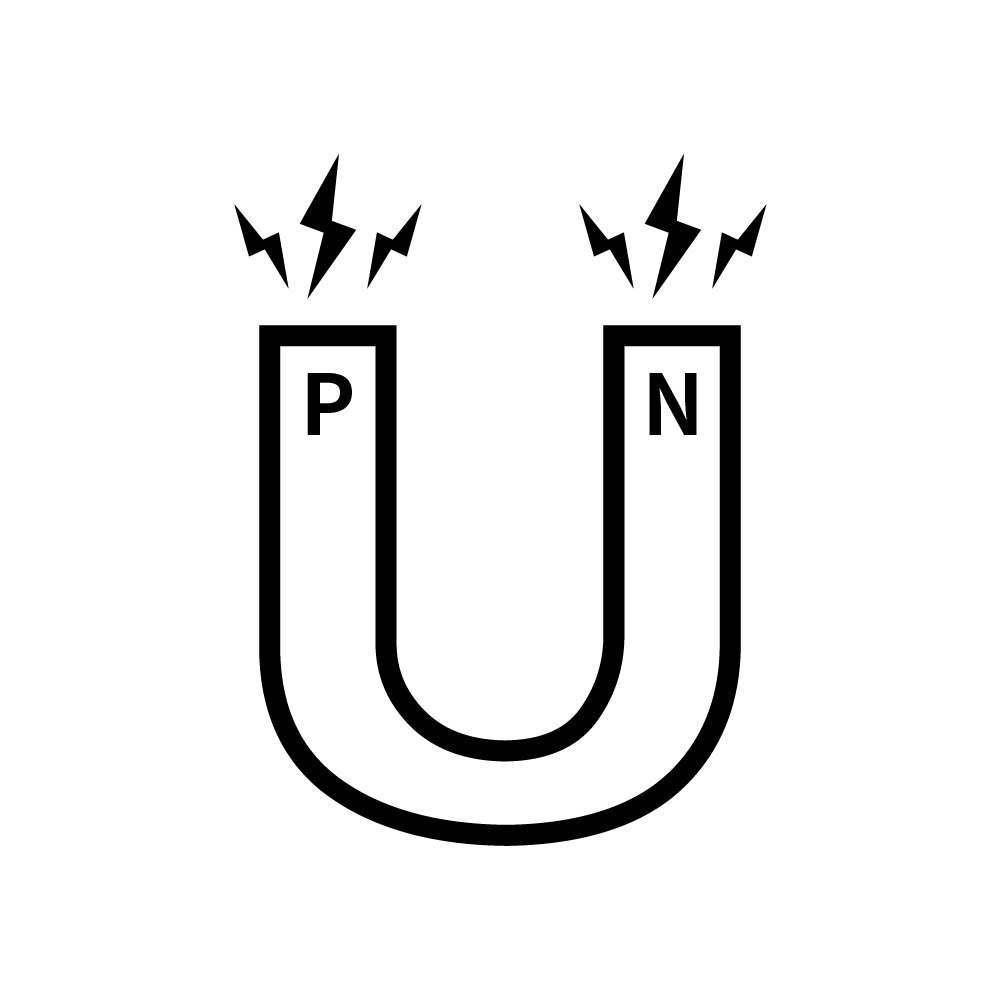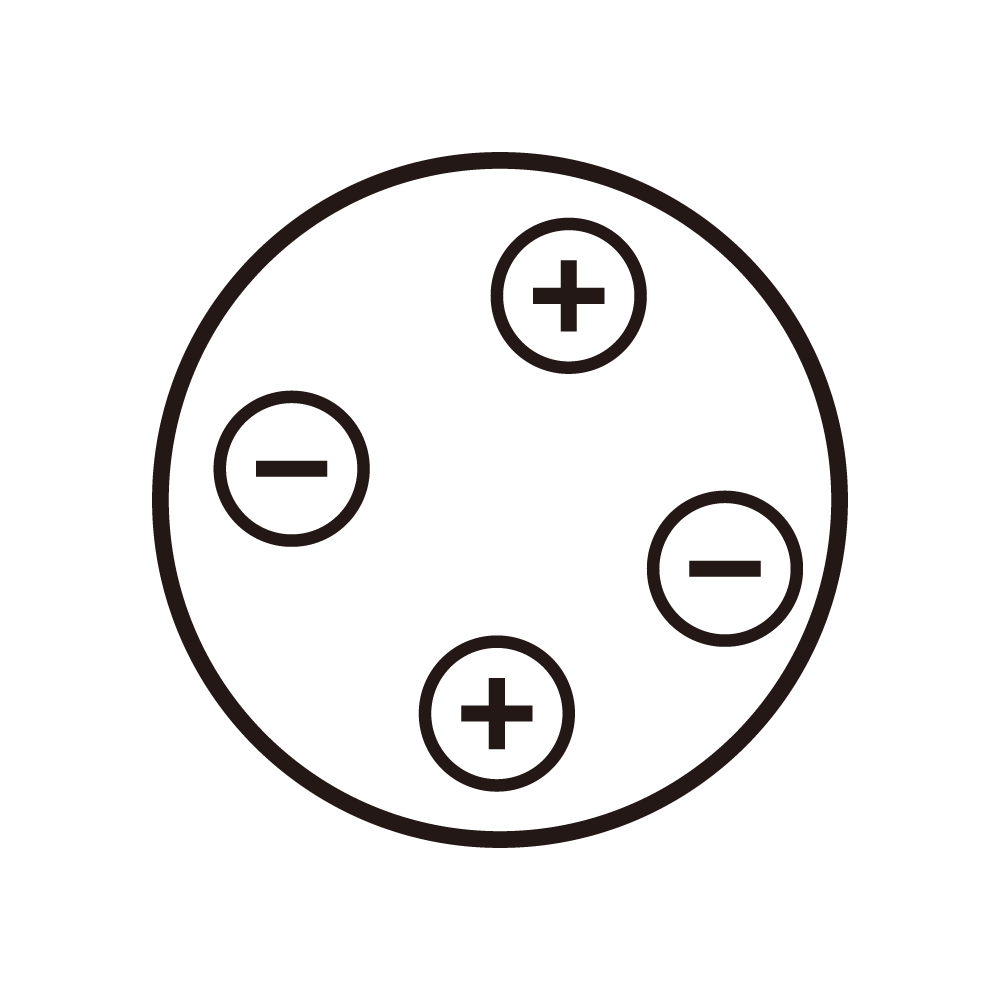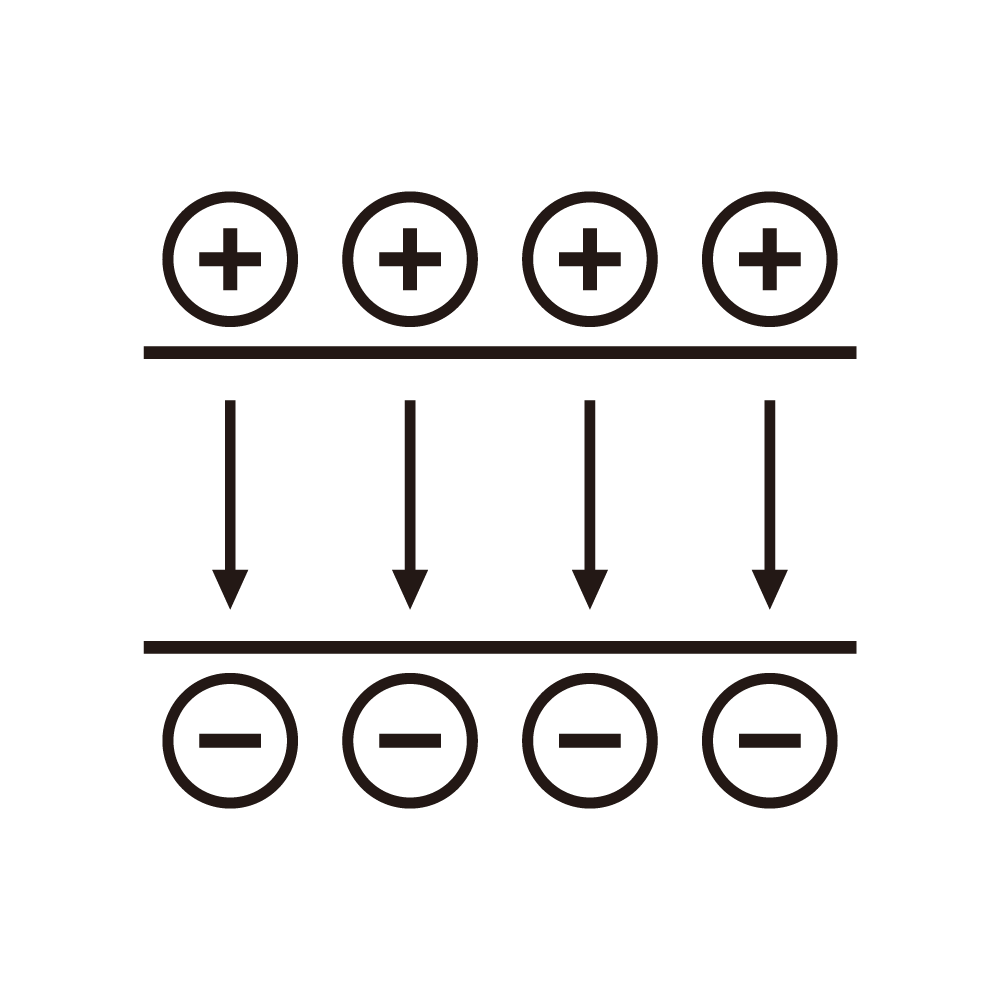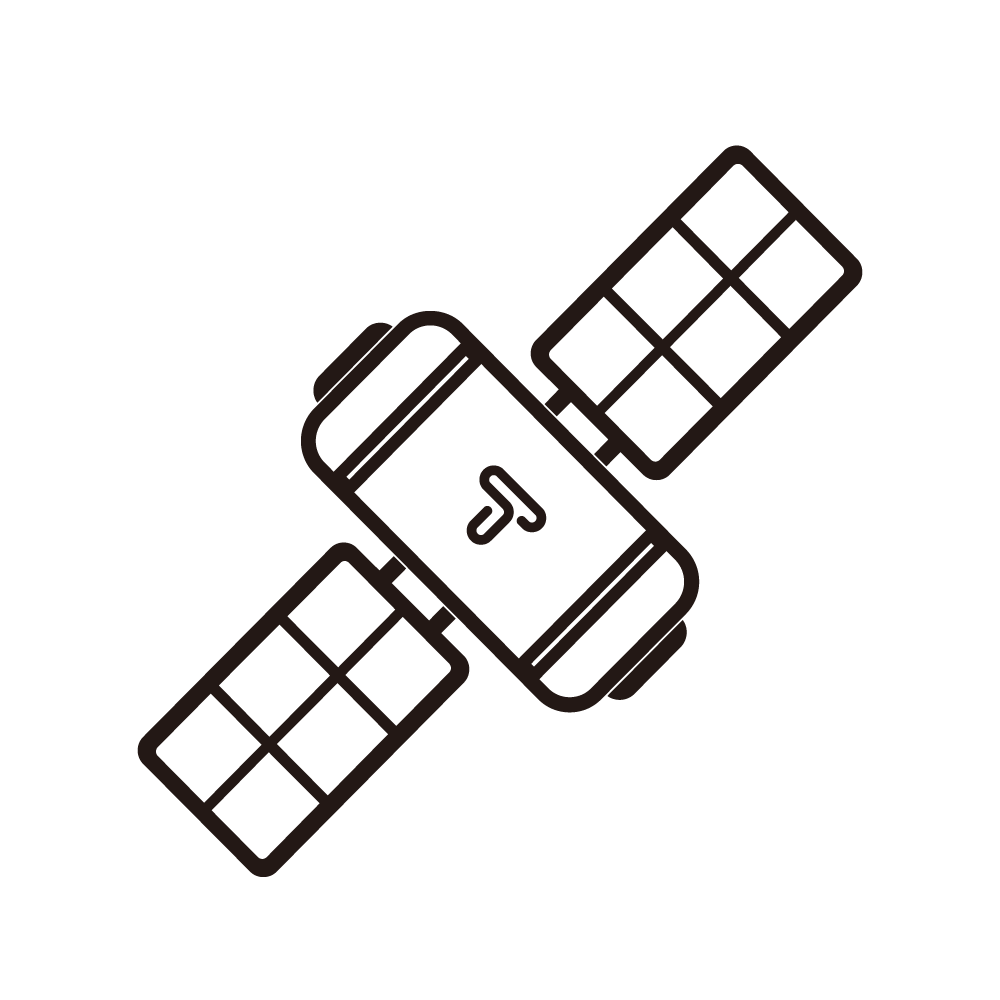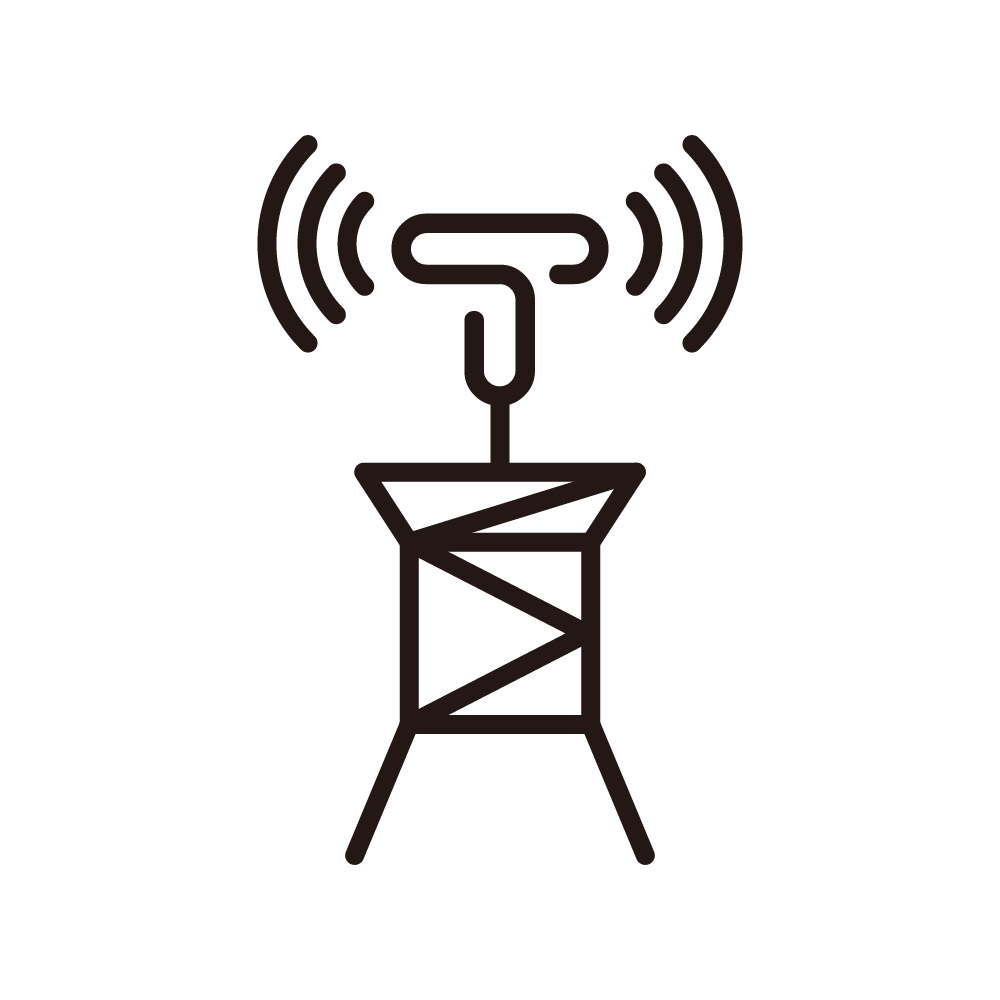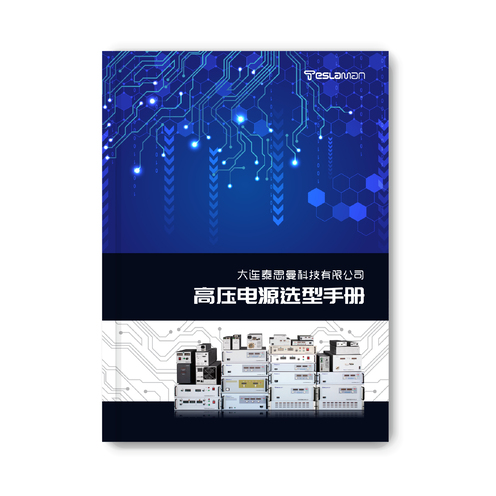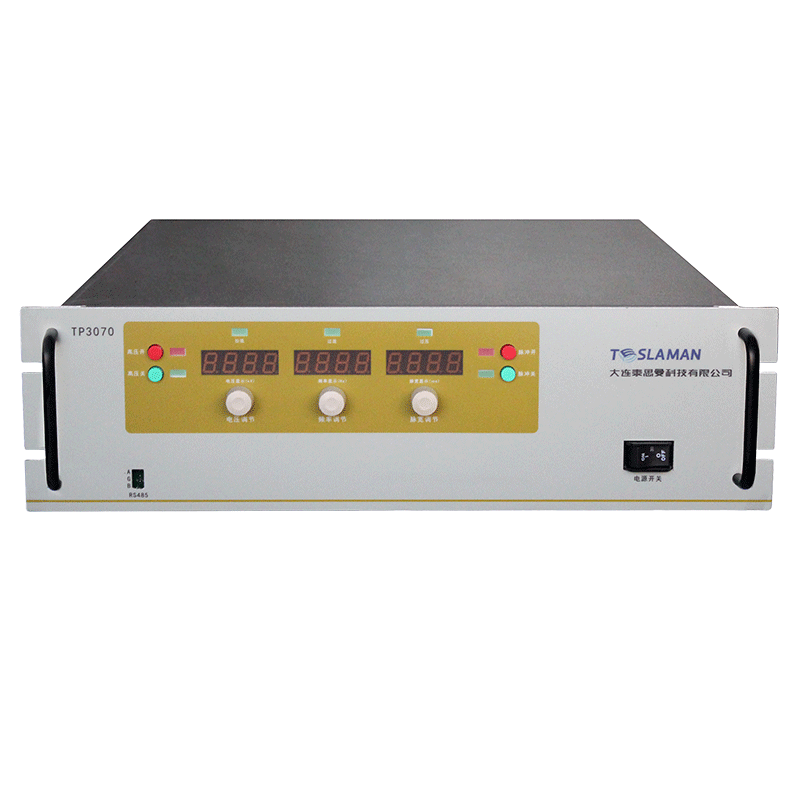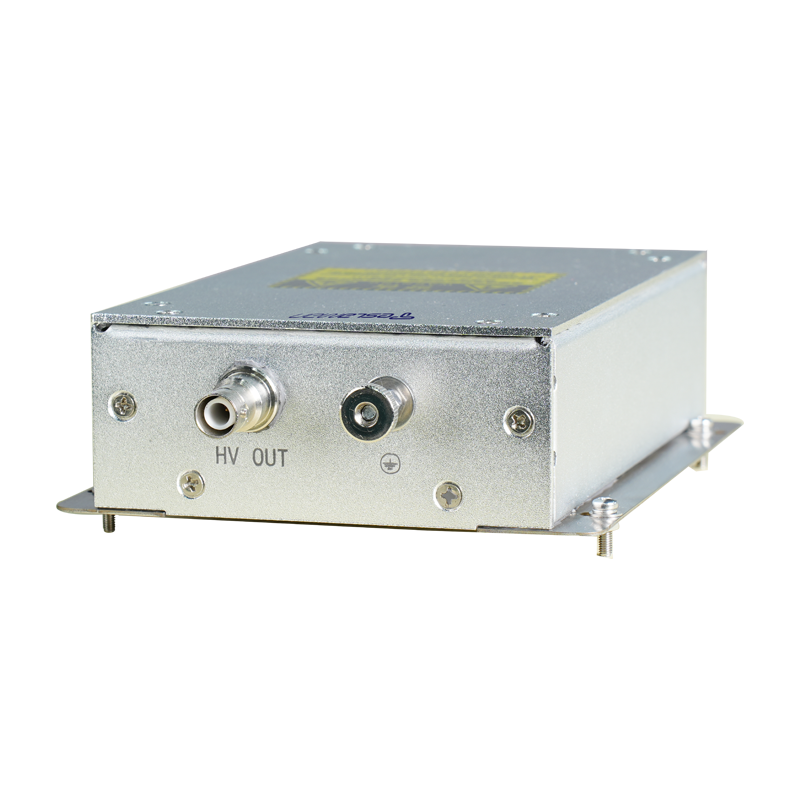Ultra-Low Noise Control Technology and Application Prospects of ppm-Level High-Voltage Power Supplies
Introduction
In precision physics experiments, quantum computing systems, and high-resolution spectral analysis, the noise level of ppm (parts per million)-level high-voltage power supplies directly determines the signal-to-noise ratio and long-term stability of measurement systems. When output voltage fluctuations reach the μV/√Hz range, traditional noise suppression methods face quantum-level challenges. This article systematically analyzes the engineering design principles of ultra-low-noise high-voltage power supplies from the perspective of noise generation mechanisms and explores their groundbreaking applications in cutting-edge research and industrial inspection.
Ⅰ. Technical Challenges in ppm-Level Noise Control
1. Physical Origins of Intrinsic Noise
Johnson Noise: Thermal noise in resistive high-voltage divider networks accumulates with a square-root relationship, reaching a theoretical lower limit of 2.8μV/√Hz for 10MΩ impedance (@25℃).
Shot Noise: Random current fluctuations from high-field electron emission contribute approximately 0.3ppm current noise under 10kV/1nA conditions.
Dielectric Loss Noise: Frequency-dependent complex permittivity of insulating materials exacerbates phase noise, requiring polyimide films to maintain a loss tangent below 10^-5 at 1kHz.
2. Dynamic Interference Coupling Pathways
Ground Loop Ripple Coupling: Common-mode noise injection through distributed capacitance caused by non-ideal grounding. Measurements show 1mA ground current can induce 120μV ripple at 10kV output.
Thermoelectric Drift: Seebeck effects at dissimilar metal junctions generate 0.5mV offset under ±1℃ temperature differences, equivalent to 50ppm DC deviation.
3. Long-Term Stability Limits
High-voltage resistor networks require temperature coefficients (TCR) better than ±0.5ppm/℃, while lithium tantalate-based composites must achieve voltage coefficients (VCR) below 0.02ppm/V to maintain <2ppm drift over 1000 hours.
Ⅱ. Core Design Strategies for Ultra-Low Noise Power Supplies
1. Topology Innovation
Cascaded LC resonant topologies achieve 120dB switching ripple attenuation through magnetic-electric energy recycling, enabling 0.1ppm-level ripple rejection at 100kV/10mA output.
Dynamic charge compensation technology utilizes auxiliary power modules to counteract transient disturbances from main power device junction capacitance.
2. Material System Optimization
Ceramic-metal composite electrodes reduce contact resistance temperature drift to 0.03ppm/℃ while suppressing micro-discharge effects.
Vacuum-cast epoxy-nanodiamond composites lower insulation dielectric loss tangent (tanδ) to 3×10^-6 (@1MHz).
3. Active Noise Suppression Techniques
Deep learning-based adaptive noise cancellation systems inject 180° phase-inverted compensation signals after real-time noise spectrum extraction via dual-channel coherent detection, achieving 38dB noise suppression across 10Hz-100kHz.
Cryogenic systems (-50℃±0.01℃) combined with superconducting magnetic shields reduce environmental thermal noise by two orders of magnitude.
Ⅲ. Typical Applications and Performance Validation
1. Synchrotron Radiation Beamline Monochromators
Deliver ±15kV/0.1ppm ultra-stable bias for X-ray monochromator piezoelectric actuators, improving beam energy resolution to 0.02eV@10keV.
Correlation measurements verify output voltage standard deviation <0.8μV within 1Hz bandwidth.
2. Semiconductor Defect Inspection Electron Guns
Support sub-nanometer electron beam focusing with <0.002% current jitter (equivalent to 60nV/√Hz noise density for 30kV supplies).
Maintain wafer scan image grayscale standard deviation below 1.2LSB during 28-hour continuous operation.
3. Quantum Computing Ion Trap Systems
Achieve 0.05ppm/hour drift control for axial trapping fields, extending qubit coherence time to 600 seconds.
Squeezed-state optical measurements confirm <3% power supply noise contribution to ion micromotion.
Ⅳ. Future Technological Directions
1. Breaking Quantum Noise Limits
Superconducting quantum interference device (SQUID)-based closed-loop control architectures approach quantum fluctuation limits (10^-9 V/√Hz).
2. Topological Material Applications
Two-dimensional material heterostructures (e.g., graphene/hBN) enable 0.01ppm/℃ temperature stability in voltage divider networks.
3. Intelligent Compensation Algorithm Advancements
Quantum neural network-driven noise prediction models generate preemptive compensation waveforms 1ms in advance, reducing transient recovery time to 5μs.
Conclusion
Ultra-low noise control technology for ppm-level high-voltage power supplies has transcended classical physical constraints, advancing toward quantum precision regulation. Its deep integration into fundamental research and high-end manufacturing not only drives measurement technology innovation but also provides unprecedented experimental conditions for material science and microscopic particle manipulation. With the convergence of cryoelectronics and artificial intelligence, next-generation high-voltage power supplies will achieve revolutionary progress from ppb-level noise suppression to femtosecond dynamic response.
